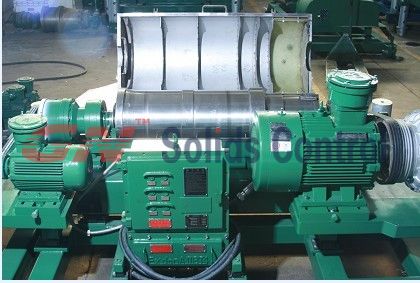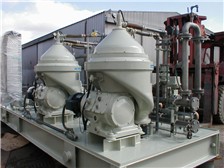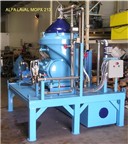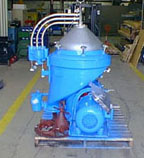The District of Columbia Water & Sewer Authority (D.C. Water) has launched two projects at its Blue Plains Wastewater Treatment Plant that will generate heat and power from biosolids and reduce the amount of nitrogen in the anaerobic digester effluent.
Employing a thermal hydrolysis process, the first project will pressure cook biosolids leftover from the wastewater treatment process to generate up to 13 megawatts of power, as well as heat.The facility, which would also be capable of processing scraps, fat and grease, will include four anaerobic digesters, four Cambi treatment trains, a pre-dewatering centrifuge building, a combined-heat-and-power facility, a gas treatment facility, flares and a gas holder.
D.C. Water believes the $400 million project will be the first in North America to use thermal hydrolysis for wastewater treatment, and that when completed it will be the largest thermal hydrolysis plant in the world. It is already the largest advanced wastewater treatment plant in the world, processing an average of 350 million gallons each day.
General Manager George Hawkins said that D.C. Water is the largest consumer of electricity in the district, and that the digesters should cut its electricity consumption by about a third. “That’s enough to power 8,000 homes,” he said. “We’re also saving $10 million in trucking costs [annually] and reducing our carbon emissions by cutting the amount of solids at the end of the process in half."
The second project, construction of enhanced nutrient removal facilities, will reduce the amount of nitrogen in those leftover solids to meet the new U.S. EPA and Chesapeake Bay Program goals of 4.7 million pounds per year or less in 2014. The project includes more than 40 million gallons of additional new anoxic reactor capacity for nitrogen removal, new post-aeration facilities, an 890 million-gallon-per-day lift station, new channels and conveyance structures, demolition of existing buildings, addition of a protective sea wall and modifications to the existing facilities to enhance performance. It is estimated to cost about $1billion.
D.C. Water aims to have both projects complete by 2014.
source: www.biomassmagazine.com













